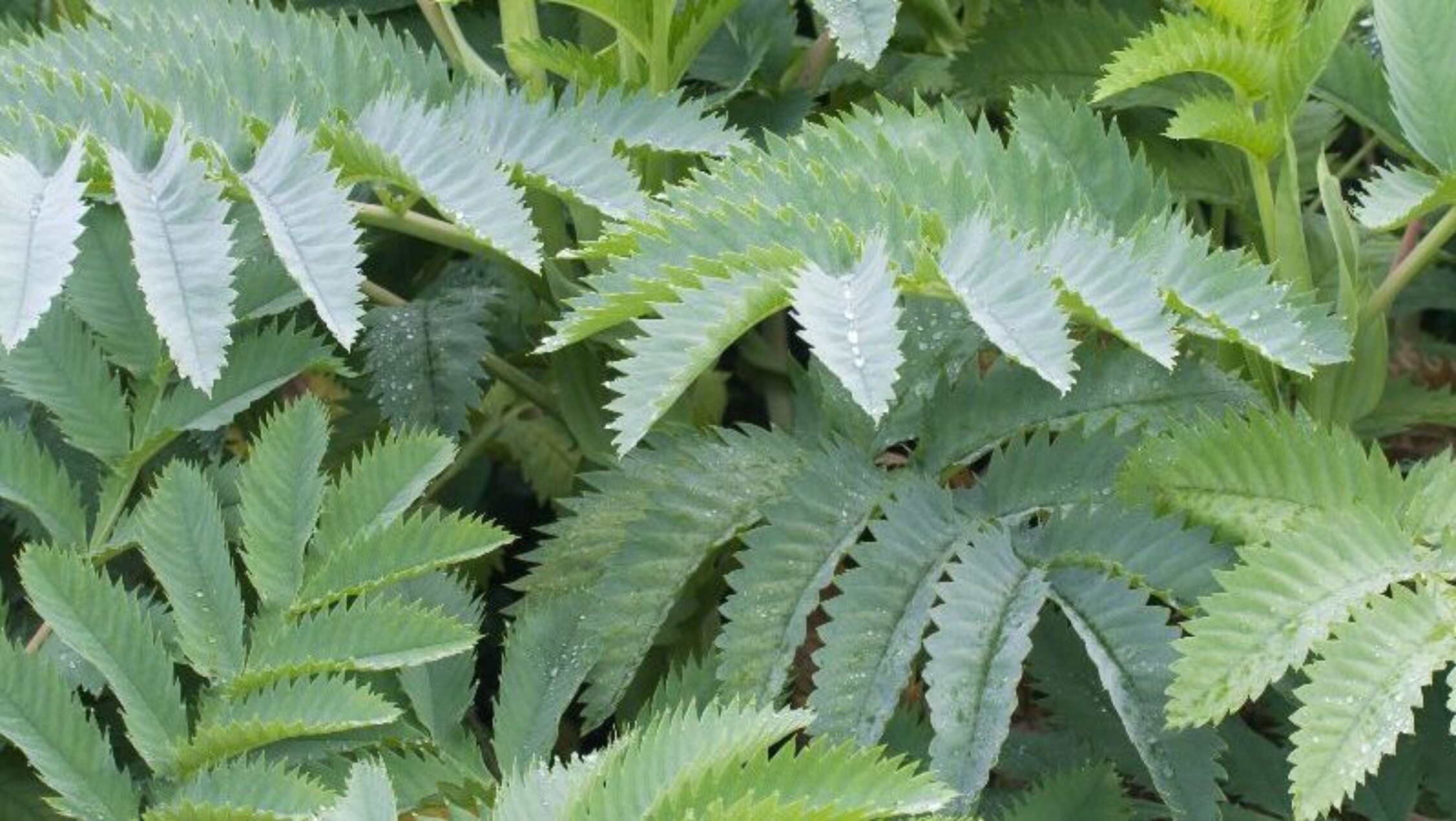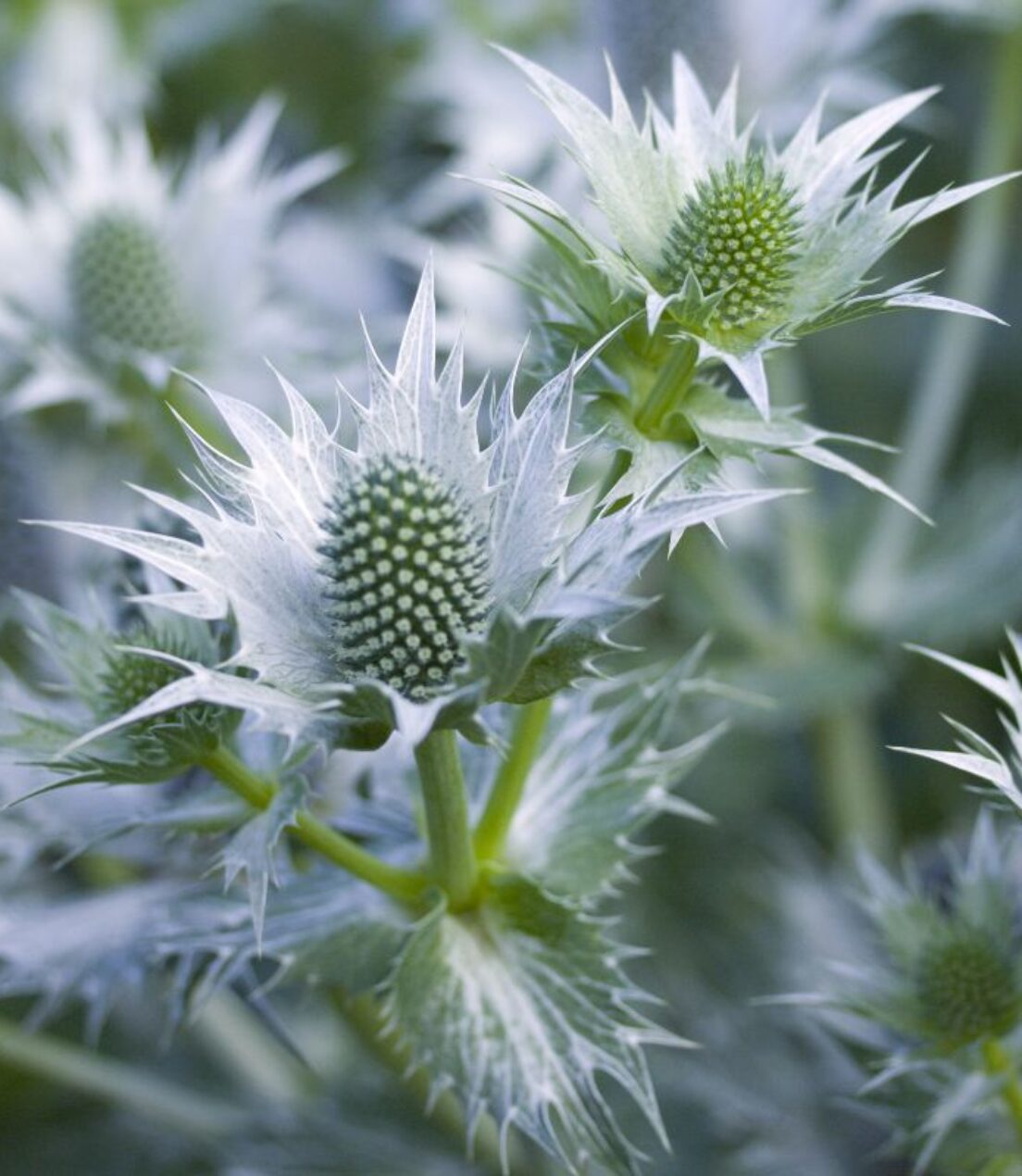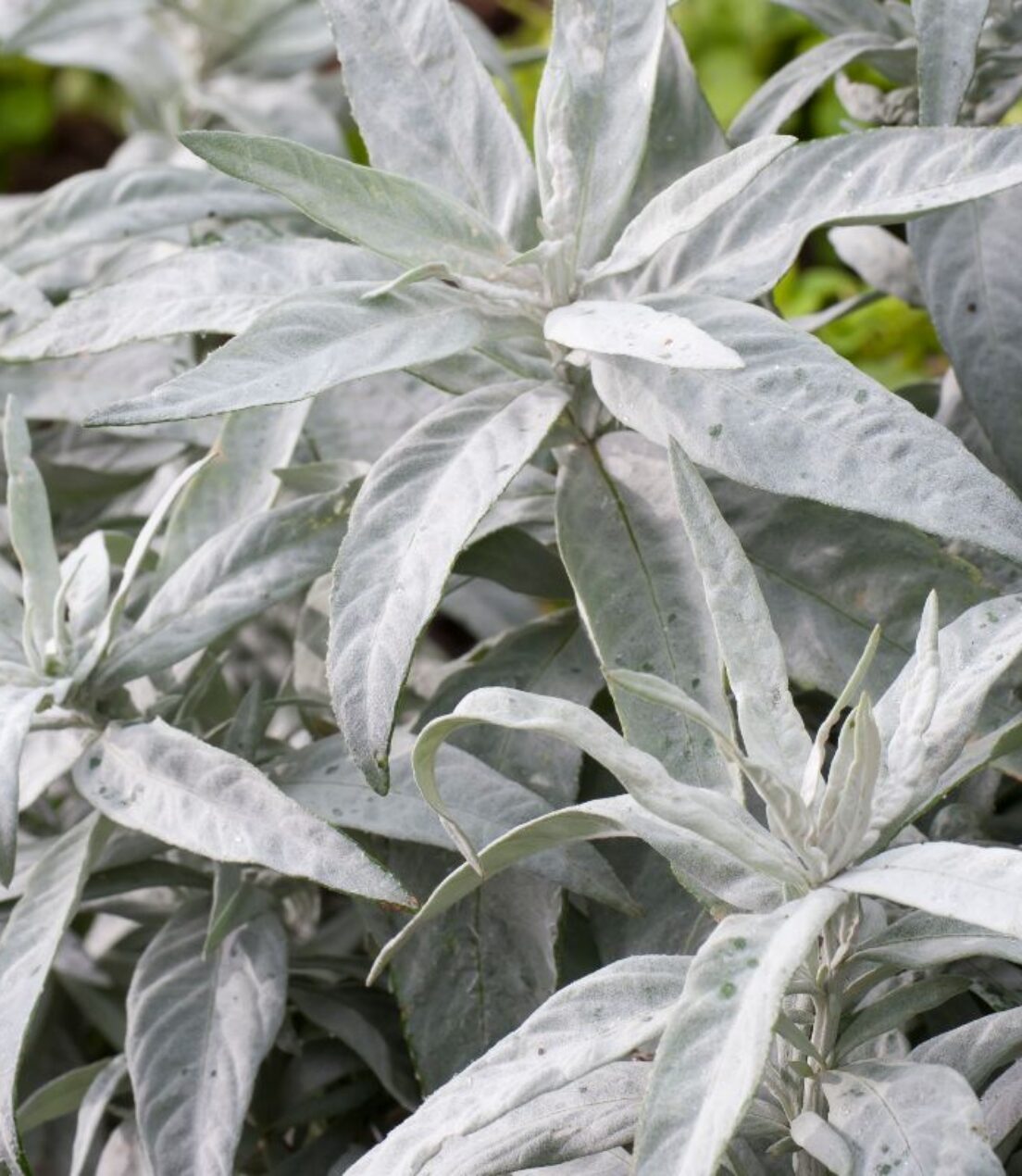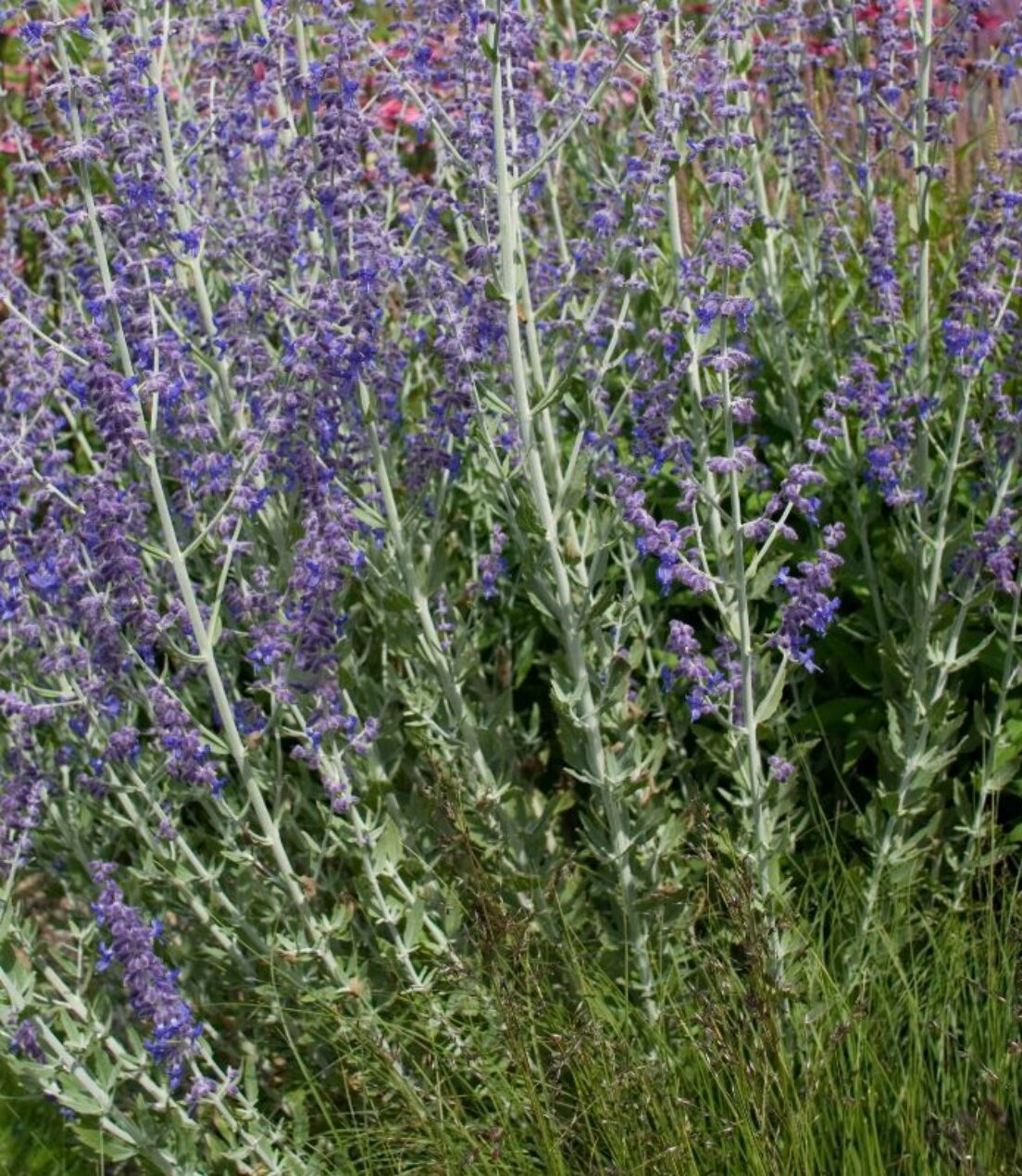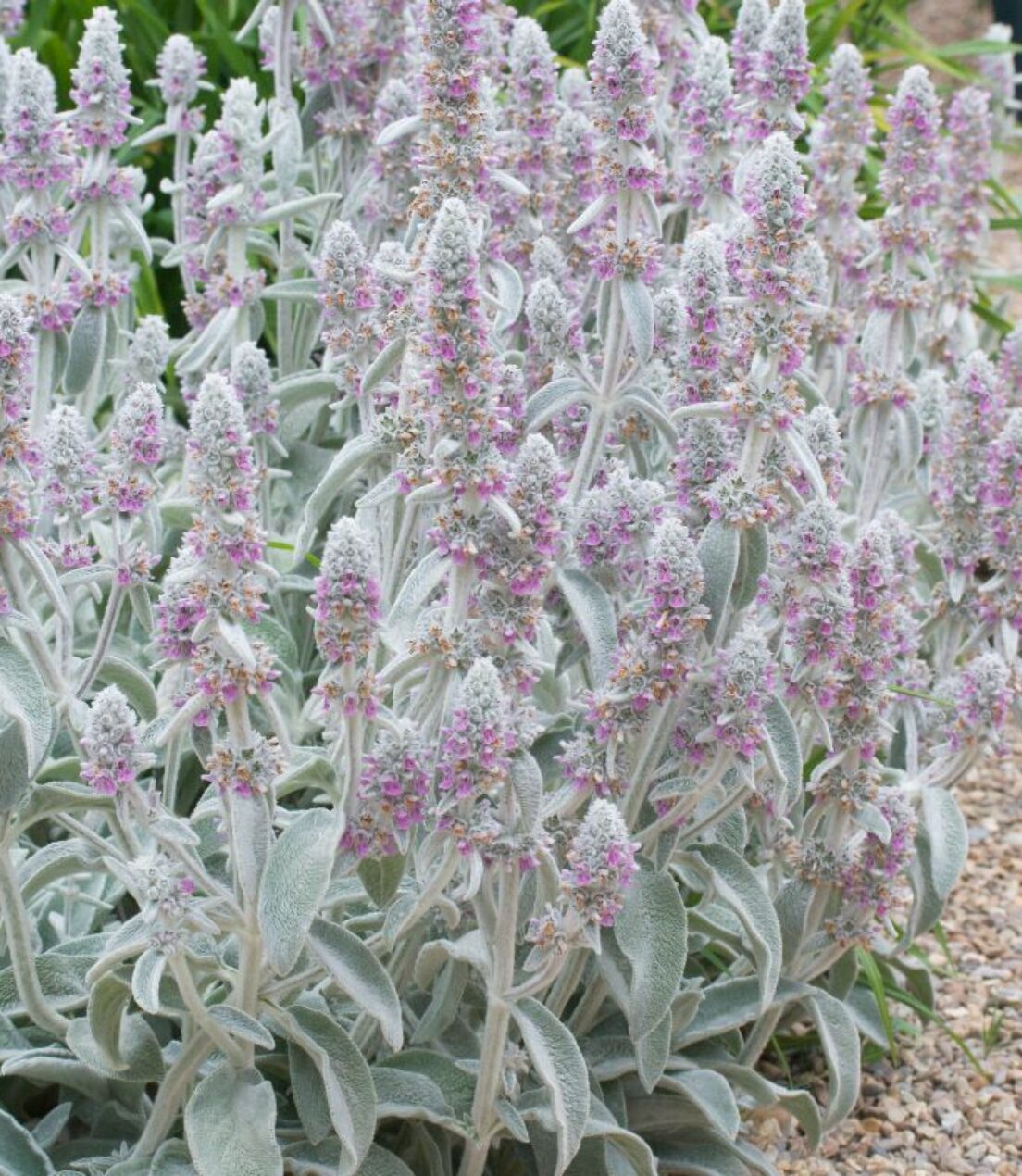Every season has a colour palette.
During spring, it’s all things green, but fast forward to summer and it’s plants with grey or silver leaves that thrive best under the stress of the heat. They continue to flourish and grow in conditions where others simply cannot.

